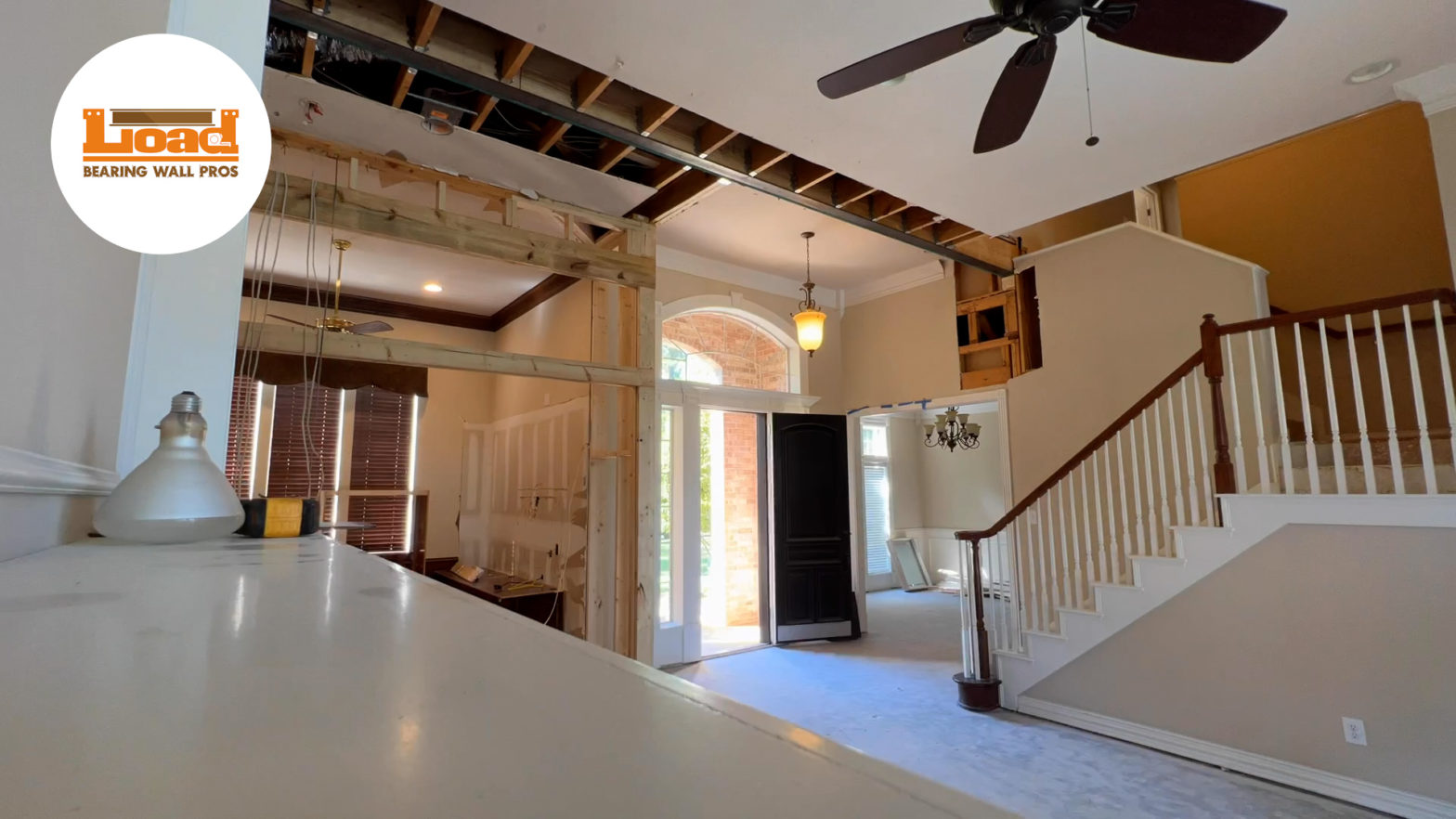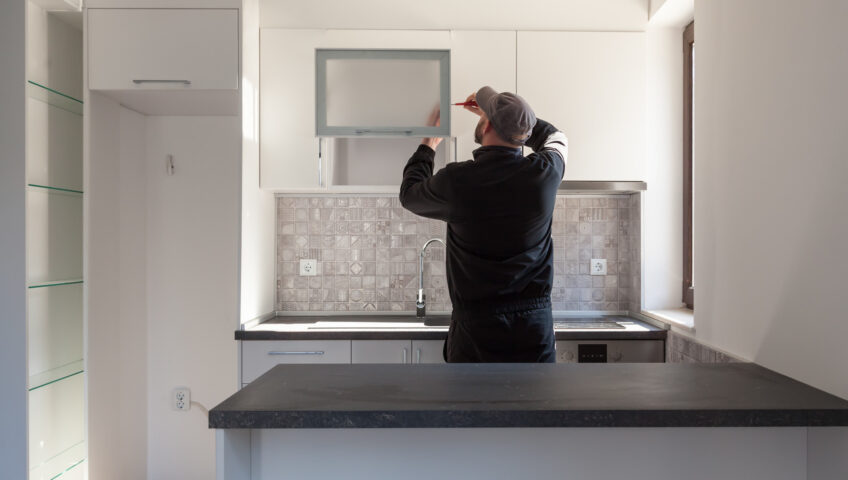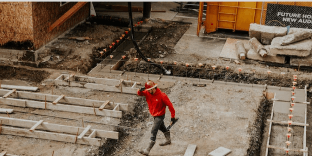
How Wall Removal Affects Energy Efficiency, Heating and Cooling
We all know how hot a summer can be (and sometimes fall – thanks, Mother Nature). Conversely, the number of times that we’ve seen terrible winter storms rattle the globe in all sorts of ways. Thanks, spring and fall, we appreciate you.
Heating and cooling are two of the most important aspects of home comfort and energy efficiency. Regardless of any month, many homes have walls that block airflow and hinder temperature distribution. Removing some of these walls can have both positive and negative effects on heating and cooling in your home — especially if you try to tackle the project on your own. Don’t worry, we’re here to help.
This article will explain how wall removal affects energy efficiency, heating and cooling in your home.
At Load Bearing Wall Pros, we are here to help if you decide to have walls removed in your home. We provide wall removal in Dallas, Houston, Austin, and East Texas, and when you choose us for your project, you can rest assured we will do the job efficiently and correctly.
Benefits of Wall Removal for Heating and Cooling
Improving your home’s heating and cooling is a good reason to consider removing walls – interior and exterior. You can learn more about both here. If you have trouble maintaining a consistent temperature throughout your home, doing so lowers energy bills and also provides additional benefits. See the below:
- Improve your air circulation: Removing walls allows warm or cool air to move freely throughout your space.This helps maintain a more consistent and comfortable temperature. It can also reduce the need for fans or other devices that consume electricity to circulate air. This is probably a huge relief for those during summer seasons.
- Reducing heat loss or gain: Taking down certain walls can reduce heat loss or gain by eliminating conduction through solid materials. For example, if you have a wall separating a warm room from a cold room, heat will transfer from the warm room to the cold room through the wall. By removing the wall, you’ll achieve a more consistent temperature in both spaces.
- Increasing natural ventilation: Wall removal improves natural ventilation by creating openings that allow fresh air to flow throughout your home. This helps cool your home in summer by replacing warm indoor air with cooler outdoor air. It can also help improve indoor air quality by removing pollutants, moisture, or odors from your home.
Drawbacks of Wall Removal for Heating and Cooling
We have to tell all the facts, so there are some considerations to keep in mind:
- Increased heat transfer by radiation and convection: Removing walls can increase heat transfer by radiation and convection by creating larger spaces that are exposed to more sunlight or wind. Radiation transfers heat through invisible and visible light waves, and convection occurs as hot air rises and circulates throughout your space.
For example, if you remove a wall that blocks sunlight from entering your home, you may increase heat gain by radiation in summer.
- Increased air leakage: Removing walls can create gaps and air leaks that cause heat loss or gain. They can also cause moisture problems by carrying humid or dry air into or out of your home.
- Increased heating and cooling load: Removing walls can affect your home’s heating and cooling load, which is the energy needed to maintain a comfortable temperature in your rooms.
Removing walls can increase your heating and cooling load depending on your room’s size, location, and orientation. If you create a large open space that is exposed to more sunlight than before, it may take more energy to cool in the summer and heat in the winter.
But… we want to set you up for success here at at Low Bearing Walls:
Tips on How to Optimize Heating and Cooling After Wall Removal
If you decide to remove some walls in your home to improve its appearance or functionality, you should also consider how to optimize its heating and cooling performance.
Here are some tips to help:
- Choose energy-efficient windows and doors: Windows and doors are major heat loss or gain sources in any home. If you have room in your budget, replace older doors and windows with energy-efficient ones that have low-emissivity coatings, double or triple glazing, argon gas filling, and weatherstripping. These features help reduce air leakage and heat transfer by radiation and convection.
- Use insulation and sealing materials: Insulation and sealing materials are essential for preventing heat transfer. Use caulk, foam, or tape to seal gaps or cracks that may occur during or after wall removal.
- Upgrade thermostats, zoning systems, and other devices: Thermostats, zoning systems, or other devices can help you control the temperature in different rooms. If yours are old, consider upgrading them. Modern thermostats allow you to set the desired temperature for your entire home or individual rooms. And zoning systems let you divide your house into different zones with separate thermostats and ducts. Other devices, such as smart plugs, sensors, or timers, can also help you turn on or off your heating and cooling equipment automatically or remotely.
In Summary:
To enjoy the benefits of wall removal while maintaining heating and cooling efficiency, consult a professional contractor who can help you plan, design, and execute your project. With the help of a pro, you’re much less likely to experience any negative effects. If you are looking for a reliable and experienced contractor who can help you with wall removal and heating and cooling optimization in Texas, contact Load Bearing Wall Pros.
We specialize in wall removal and can help you remove load-bearing or non-load-bearing walls safely and efficiently. We will also mitigate any heating or cooling issues that may occur as a result of removing walls. Don’t tackle this complex project on your own. Contact us today to request a quote or request additional information.


